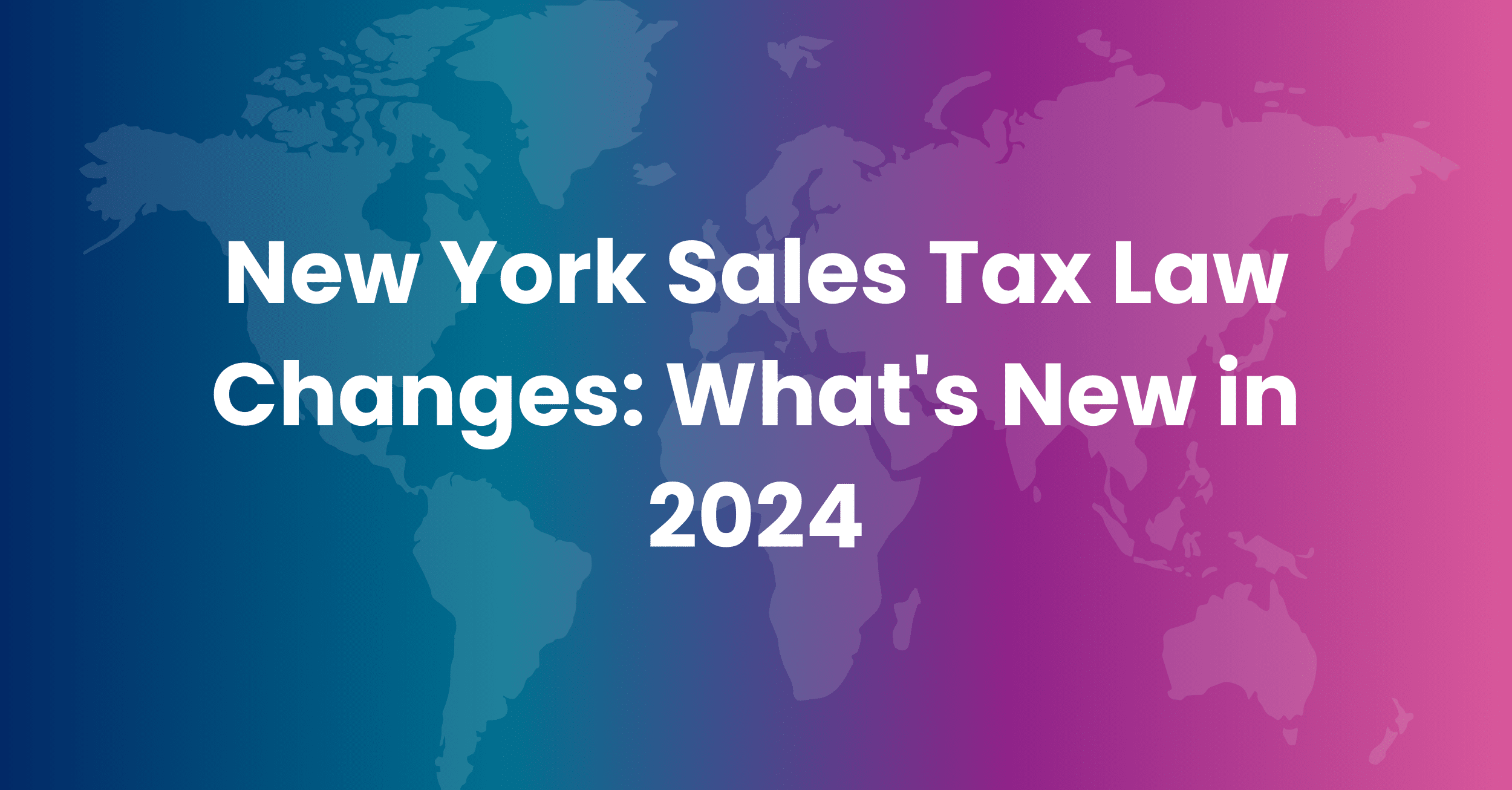Sales tax used to be simple. If a company was physically operating in a state, it had to comply with the rules of that state’s sales tax legislation.
But since 2018’s South Dakota v. Wayfair ruling, whereafter physical presence was no longer the only thing that put sales tax compliance on a company’s radar, things have gotten even more complicated. Especially for businesses whose employee and transactional frameworks cross state lines thanks to the wonders of digital advancements.
But what role do HR teams have to play in this complex compliance journey? We’ll show you.
Understanding when your human resources trigger a tax nexus
Before we can get to HR’s role in sales tax compliance, we need to understand what triggers a sales tax nexus.
When it’s all simplified down to its core, there are only two nexus categories:
Physical Nexus, where the seller has a physical presence in the state, whether it be in the form of an office, warehouse, employees, or business registration.
Economic Nexus, where the seller meets the minimum threshold of revenue gained from business transactions within a specific state. And while the minimum economic threshold is $100K, each state has its own transaction threshold that triggers a nexus.
However, a physical nexus isn’t as simple as it seems. Because in the digital world, business operations are crossing state lines each day, which has led to more complicated sales tax nexus triggers, including click-through nexus, affiliate nexus, cookie nexus, marketplace nexus, and third-party nexus.
Though of all of these, the one that’s most easily managed and monitored, is the physical nexus that exists once a company employs remote staff.
How have remote teams changed sales tax compliance?
Today, companies can work with a team of professionals from across the United States.
As a New York-based company, you can now get on-the-ground insight into the Miami market by employing someone who’s at ground zero. If you’re a Colorado-based company looking to expand into Alaska, you can hire a remote sales team to connect in person with prospective clients and lay the groundwork without a single travel expense.
Even though remote work has been around for decades, especially in freelance industries such as design and journalism, COVID opened professional industries to the growth opportunities and operational efficiencies that remote teams could offer.
But along with the increased efficiency came an increased risk of sales tax exposure.
Businesses whose sales teams travel to trade shows and conventions were already acquainted with the physical presence nexus that could be triggered by doing business at these out-of-state events. Because when you’re physically doing business in another state, triggering a physical nexus is rather straightforward.
But now, smaller businesses with a single-state presence as far as physical offices and business registrations are concerned, could be exposed to sales tax obligations through their remote employees.
And many businesses found themselves facing a physical nexus when employees who used to commute across state lines now work remotely.
So even when a company’s client base and transactional activity is still somewhat similar to what it had always been, a business needs to pay attention to its remote staff makeup even if it hasn’t crossed the $100K annual threshold in a state.
And this is where the HR team’s sales tax compliance role begins.
How can HR help with sales tax compliance?
In most states, having just one employee in that state triggers a physical nexus. In others, the terms of what triggers a physical nexus are based on a combination of the number of employees and economic activity in the state. But these terms and regulations are often shifting and changing as tax law continues to adapt to a new world where remote employees are becoming the norm in so many industries.
This is why HR departments play a vital role in the compliance journey, helping companies stay compliant in each state through the following steps:
- Step 1: Keep a record of remote and hybrid employees that trigger a physical nexus for sales tax compliance because they reside in another state.
- Step 2: Determine whether the remote staff surpasses the physical presence threshold of the state in which their employees reside.
- Step 3: Stay up to date with changing sales tax legislation where a physical nexus exists so you know when a physical nexus may be triggered or an existing one falls away.
Three simple steps that can get dramatically more complicated as remote teams grow.
So how can HR teams assist in the compliance journey without dedicating themselves full-time to sales tax concerns?
Helping HR teams simplify the complex nature of modern teams?
Complyt offers HR departments the answer to the complexities of remote staff tax compliance.
By integrating with a company’s existing HR tools, Complyt makes it easy for HR teams to stay on top of their remote teams and the physical presence nexus they trigger.
With our accessible dashboard, you get an instant snapshot of your nexus status in each state. And what’s more, your Complyt dashboard is updated according to the latest legislation and sales tax requirements, meaning you never need to worry about tax law changes again.
So why not see how much HR teams can do for a company’s people when sales tax compliance is no longer a constant hurdle they need to get over – book a demo today.








